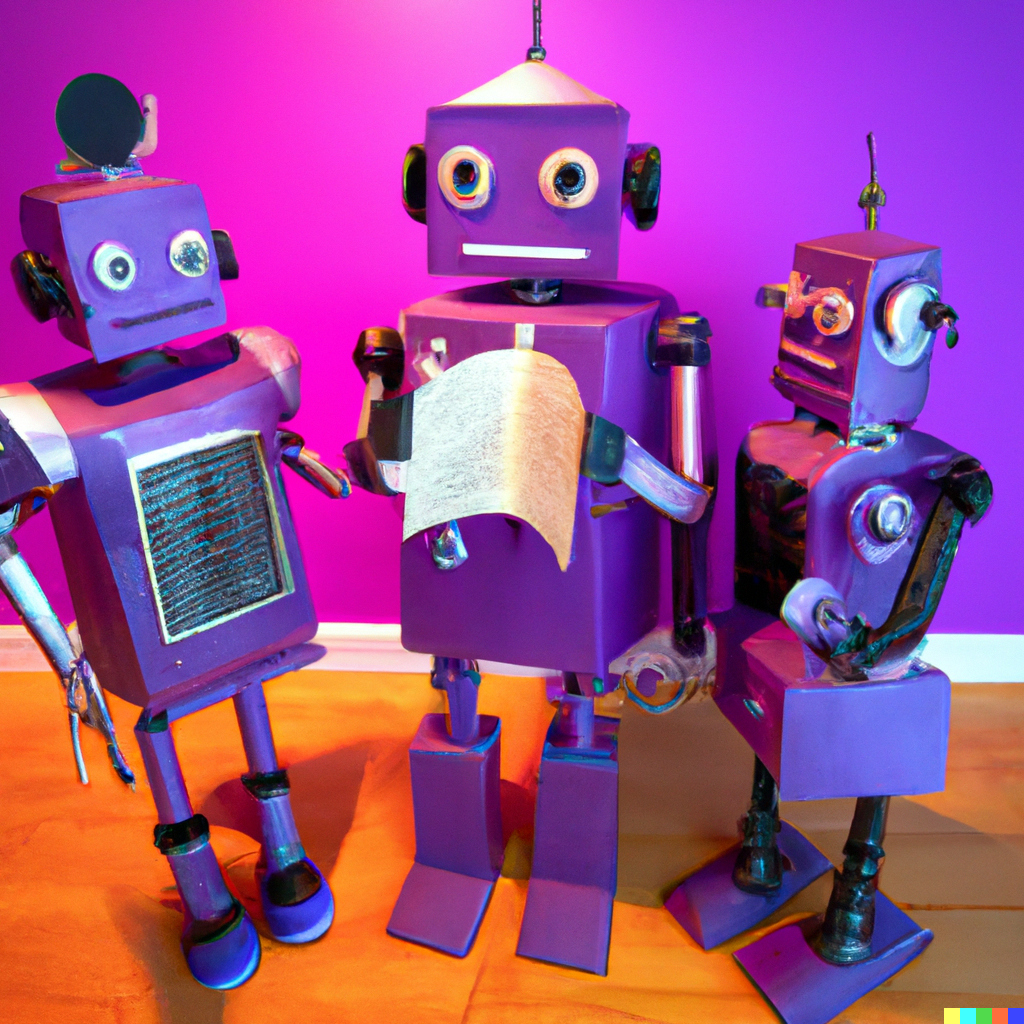

In user interface design, a new way of thinking and operating is coming to the fore. Applications that make extensive use of artificial intelligence will become mainstream in the near future. This new reality is one that we must soon start preparing for.
In their early stages, computers were guided by punched cards: the programmer punched holes in the cards and the computer read its instructions from these cards. There wasn’t really any interaction involved – the machine was left to do its job, and the next morning the operator came to collect the results.
The subsequent paradigm saw an increase in human-machine interaction. This chapter is certainly familiar to many: the computer is given instructions, it does something based on these instructions, then the user responds to the result. Connected with this paradigm was the development in the 1980s of graphical user interfaces.
In the third paradigm, the device is told the desired outcome, either verbally or in some other way. The device offers the user an answer, and the user can then comment in different ways to move the answer closer to what they are looking for.
Current lines of development
Large language models offer a much wider range of options for how software can be used. There is no need to know any specific programming language, nor are courses needed for using ready-made applications.
Sounds, gestures and images can be used to control a device in a manner similar to normal conversation. Machine learning is utilised to better identify the user’s intentions, and the user interface becomes hyper-personalised. Boxes and buttons are still used, of course, but perhaps only for specifying the final result.
Software agents will become more common over time and will start handling different matters on our behalf. The websites of many organisations will no longer be visited by many people. Instead, software agents will visit the websites when needed to retrieve the required information. In the future, devices will exchange information with one other, and users’ personal bots will collect the components of the user experience from the relevant sources. This requires new ways of formatting data content so that it can be used flexibly by devices.
These changes also mean that users need to be able to understand more clearly what they want to achieve. Ready-made, it’ll-do-the-job answers are already so easy to acquire straight away that it is tempting to make do with them. Is there enough motivation to work on them any further?
Do we know how much we know?
We have not yet got far in tackling these questions. Models for user interface design have been mostly developed to meet the needs of the second paradigm. AI-enabled features are added to old structures and may appear to the user as strange or disconnected features.
We need more research, more learning from users, and improved research quality and data accumulation. Understanding the user's needs has never been as important. User interface designers and developers must be able to observe a user’s actions without disturbing them. In most test situations, however, people do not behave exactly as they do in real life.
In these present times, it seems that technology does not place many restrictions on application development – the capabilities are there for a huge range of implementations. On the other hand, there is plenty to learn about people’s wishes, needs, expectations and uncertainties.
In many of the studies to date, we have observed that the majority of users are not very interested in adjusting settings. They instead expect the application to know what they want – it should "just work". We must therefore find other ways of learning which features are valued at any given time.
Openness and transparency as the basis for change
The fact remains, however, that we must neither deceive the user nor acquire their data secretly. On the contrary, building users’ trust in the applications they use is of paramount importance. A virtuous circle must be established: when a user trusts an application, they use it in more diverse ways, thus enabling the application to learn more about the user's habits and become more useful to them. Service providers must be very transparent about the information they collect and how it is used.
The personality and tone of voice of a subscription service are central elements of the user experience. People are very quick to experience the benefits of using a bot, becoming attached to it and treating it like something that has its own personality. They are not able to experience, however, that the bot feels what they feel.
Having personality doesn’t mean developing a funny AI-mascot for every subscription service – though in some cases this can function well. Ultimately, a service’s personality is simply a combination of the service’s different components. In the early stages of service planning, it is vital to understand the impacts of the choices made.
How is the user addressed? What forms of interaction are offered? Can this vary between the different subscription services of a large operator like Yle, or should it be kept uniform throughout? And what kind of service experience is mediated to the user through their personal bot?
It is time to make a start
There are plenty of questions to be tackled: how can we enable users to get curious and experiment? How do we create a sense of security and trust in new subscription services? How do we ensure that we serve both curious experimenters and those who are happy with just the basic functions?
In News Lab, we are seeking to find new ways to apply technologies and to expand users’ range of experiences in the digital world. We have already begun to investigate and experiment in our search for answers to these questions.
In the future, we will build and design applications that extensively utilise artificial intelligence while also being trustworthy and pleasant to use.
We want to engage in active dialogue with all interested parties both inside and outside of Yle – please get in touch!
Aleksi Manninen Yle News Lab, Innovation Designer
Samuli Sillanpää Yle News Lab, Tech Lead, tiiminvetäjä - AI and Journalism
PS. Who are "we"? As the Democracy and Digitalisation team of Yle News Lab, we actively track and monitor what new technologies and trends are on the horizon. We want to be among the first to adopt and apply such new developments, because harnessing them to support Yle’s journalistic work helps us keep up with the times and serve our customers better. New subscription services or tools are never developed in isolation, however, but rather in cooperation with our editorial teams and end users. Furthermore, our Yle values and strategy underpin all this development work, helping us steer our activities in the right direction.
